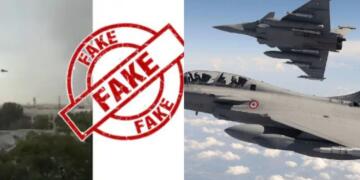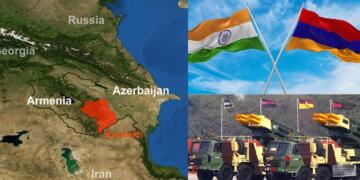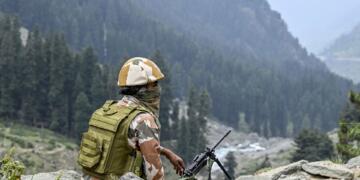The incursion of Chinese troops inside Indian territory has dropped by atleast 20% in the present year. The staggering 3,488 km long border between India and China has also remained quieter with little to no skirmishes reported between the armies of the two countries. Line of Actual Control (LAC) has been witness to flag meetings between Army heads of the two countries where petty problems are put to rest and boundary issues are peacefully resolved. This is in complete contrast to the conditions in 2017 when the People’s Liberation Army of China had forcefully come into the Bhutanese territory which it claims as its own. The incident which is better known as the Doklam standoff had evoked shocked responses from around the globe with speculations rising about a possible rift between the two countries.
There had been many concerns raised about the national security and threats from the Red Dragon- China alongside the border areas in Arunachal Pradesh. The Doklam standoff between the security forces of India and the PLA had increased tensions for the Indian citizens and globally too. The Doklam standoff which went on for more than two months in 2017 served as a message to China that India would not back down when it came to protecting its rights or that of its smaller neighbours. Diplomatic talks were started by Prime Minister Narendra Modi post the Doklam standoff. PM Modi directly approached the Chinese President Xi Jinping. The long talks which also included a visit by the Indian PM to China have finally started showing results and it looks like better sense has prevailed in the minds of the Chinese leaders.
There has been a slight increase in PLA activity in Demchok alongside Eastern Ladakh across the LAC but the Indian Army and the Indo-Tibetan Border Police (ITBP) which operate in the area say that it has not resulted in incursions in the Indian or Bhutanese side of the border. The changes according to both the forces have happened after the April 27-28 informal summit between PM Modi and China’s Xi Jinping at Wuhan.
The Indian Army had also expressed its intention of resuming the “hand in hand” annual counter-terrorism exercise in China which is scheduled to take place later in 2018. The intention has been expressed to the visiting PLA delegation by Lt Gen Liu Xiaowu of Western Theatre Command, the annual event did not take place last year owing to the 73-day long Doklam standoff which had increased tensions in both the countries.
Under PM Modi, India has dealt with China very differently than under former PM Manmohan Singh. Under Singh, there were several incursions by the Chinese troops into India territory. The Chinese on one instance entered as much as 10 kilometers into Indian territory. All the Indian side did back then was to lodge a formal complain and demand for a flag meet with the Chinese, displaying weakness and encouraging more such incursions. After Doklam, the Chinese are rattled. They are now aware of the fact that they aren’t dealing with a pusillanimous regime anymore.
The realization that things are different under PM Modi, coupled with the right kind of diplomacy, have led to a more peaceful situation at the border. The Chinese are known to respect strength, and unlike how it was with Manmohan Singh, India is dealing with them from a position of strength. It is clear that they have recognized this, and are displaying restraint accordingly.


































